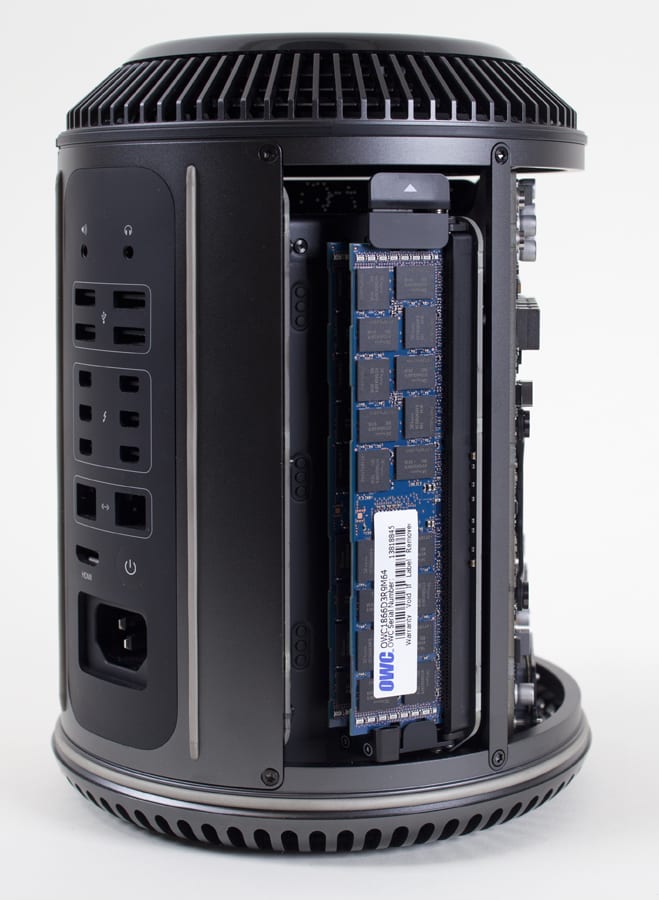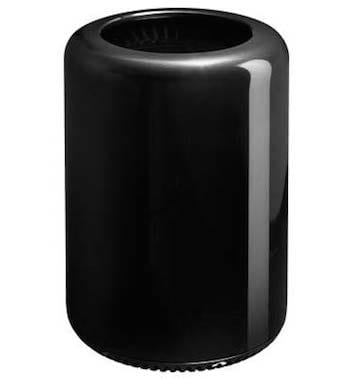[Update: Check out Part 2 of the series here]
In April of 2017, Apple announced that they were working on a new “modular” pro Mac. Beyond their mea culpas on the current state of the Mac Pro, they essentially said “we’re working on it” without providing much insight into what “modular” means.
Join Mike H. as he explores some concepts on what could be the best Mac ever made, as he’s been dreaming of a “modular” Mac for years.
In this two-part series Mike explains what’s wrong with the current Mac Pro, provides an intriguing look into three paths Apple could take, and compares them all.
About the Video
This video was shot in UHD 4K using Panasonic LUMIX G7 mirrorless cameras at our design and engineering studios in beautiful downtown Austin, Texas. The video was edited in Adobe Premiere Pro on a Mac Pro upgraded with 64GB of OWC memory and OWC drives.
More Apple News








Old is the new black…
You are resurrecting memories of Convergent Technologies proprietary modular computer systems that were extensible exactly in the manner you are describing. In fact they were only limited by power constraints and physical desk space. It was a fairly Lego approach.
CT was eventually acquired by Boroughs who was subsequently acquired via a hostile tack over from Sperry and the company that emerged was re-branded into Unisys.
https://en.wikipedia.org/wiki/Convergent_Technologies_Operating_System
Modularity means a lot of different things to different people.
One thing that the typical pros will not want, is a bunch of separate boxes that need to be strung together. Many, don’t even like the thought of having to connect external drives, but only do so out of necessity.
Many do not want desktop clutter with computer or peripherals. The want the space for all their scratch sheets, displays, coffee and their lunch. They want all the “computer stuff” tucked neatly away somewhere.
Apple will of course come up with a modular concept that will lock you into their ecosystem or make 3rd party hardware licensing agreements for access to their “interfaces” so rigid, high priced, and impossible to work with that there won’t be any 3rd party development.
Perhaps the Lego approach (or some Ikea clocks), as you add new modules you change the look of your “tower” so no two mac pros would look the same. Perhaps even offer the modules in different colors/shapes to fit your mood or your footprint requirements. With advance manufacturing techniques you could have these different external form factors.
Apple should make Insanely Upgradeable Mac Pro computers like these (Mac mini, Mac mini Tower, Mac Pro plus standalone displays for them):
HP unveils its insanely upgradeable Z-class workstations
Does 3TB of RAM, dual Xeon CPUs and dual NVIDIA Quadro P6000 GPUs work for you?
https://www.engadget.com/2017/09/13/hp-unveils-its-insanely-upgradeable-z-class-workstations
Virtual Reality, Machine Learning and Design Needs Spark Reinvention of HP Z Workstations
Most Powerful Workstation on the Planet Part of HP’s Next Generation Workstation Portfolio
http://www8.hp.com/us/en/hp-news/press-release.html?id=2514324#.WbjQWqjTTZQ
HP’s MOST POWERFUL PCs
Z WORKSTATIONS
Experience what the unprecedented power of the world’s most secure workstations1 can do for your vision.
http://www8.hp.com/us/en/campaigns/workstations-desktop-mlp/index.html
How would the modules be connected?
Thunderbolt 3 is throttled by Intel firmware to 22 Gbps (2750 MB/s) instead of 31.5 Gbps (3938 MB/s). Some NVMe drives can do better than that.
A PCIe 3.0 x16 slot allows 126 Gbps (15.8 GB/s). You would want access to that capability for more than a couple slots for graphics and storage.
So the main module would have to include the CPU, RAM, and PCIe slots or the PCIe slots would need to be in an adjacent module with a large connector for at least 32 PCIe lanes but preferably all the lanes that aren’t used by the main module (or more with a PCIe switch if those lanes aren’t fully utilized).
I have long wondered why they didn’t do a modular system. They could use the form factor of the Mac Mini. Make modules that were all the same length and width, but different depth depending on what is in it.
It would be very cool if there were integrated connectors so you could just stack them up.
Pick and choose which modules you need. For a server, you wouldn’t even need the graphics module if you wanted to run a headless server.
Sounds like the old Sun Spar Station.